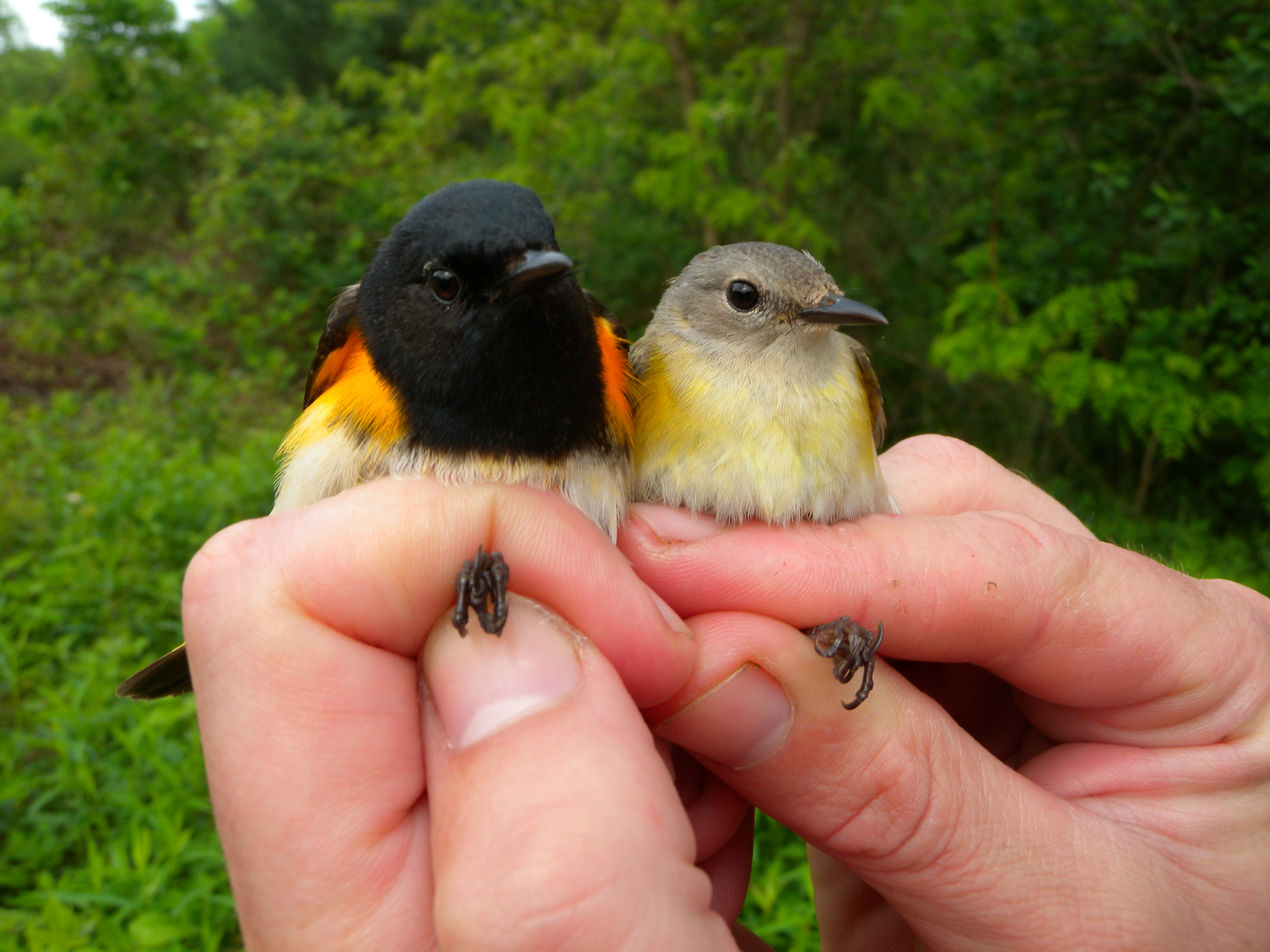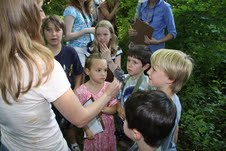
A couple of weeks ago, we got up close and personal with the somewhat unfortunate looking (and terrible smelling!) Turkey Vulture babies of Rushton Farm. The two vulture babies were born this spring in a nice little cave of vegetation near the bird banding shelter. On June 23rd when the babies were about 36 days old, they unwillingly met visiting Turkey Vulture banders from Hawk Mountain who are studying vulture movements and ecology…
Read more about our Turkey Vultures’ big day and see more juicy pictures from Adrian Binn’s blog, Notes from the Wildside.
I also wanted to share the following announcement from our master bander, Doris Mcgovern, in case you want to get in on more baby vulture action:
“Vulture banders from Hawk Mountain’s Acopian Center will be at Delaware County Community College on Wed. morning, July 20th to place colored numbered tags on two Black Vulture chicks. Although the exact time has not been set (+/- 10:30ish) and parking is limited, we invite you to the tagging process and to learn more about vultures from the experts. When you indicate that you will be attending, parking instructions will be sent.
Following the tagging at DCCC the banders will move to Smedly Park on Baltimore Pike in Media where they will tag two Turkey Vulture chicks. We expect that time to be around noon if the start time is 10:30 as expected.. Parking is not a problem at Smedley. Send positive replys to mcgovern@eskimo,.com so that we can judge the size of the crowd and supply parking instructions if needed.
For a preview, please see http://bcdc-pa.blogspot.com/2011/06/tagging-turkey-vultures.html“
They may not be the most beautiful of creatures, but vultures are fascinating birds and a very important part of our ecosystem; without them there would be a lot more dead things decomposing everywhere!
Cute baby bird blog coming soon…
~Blake























